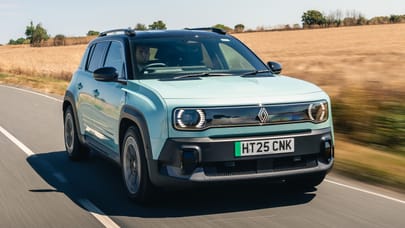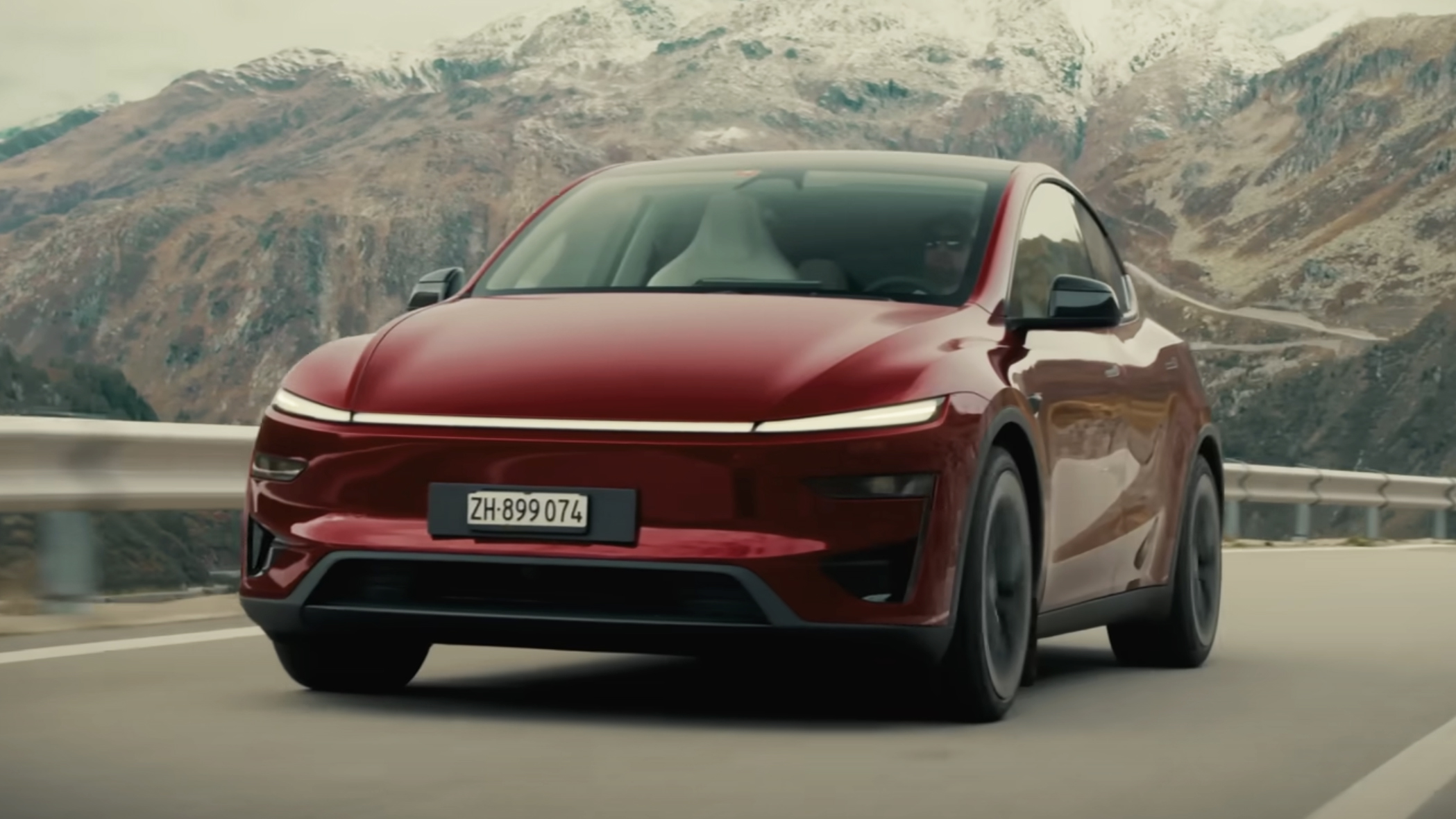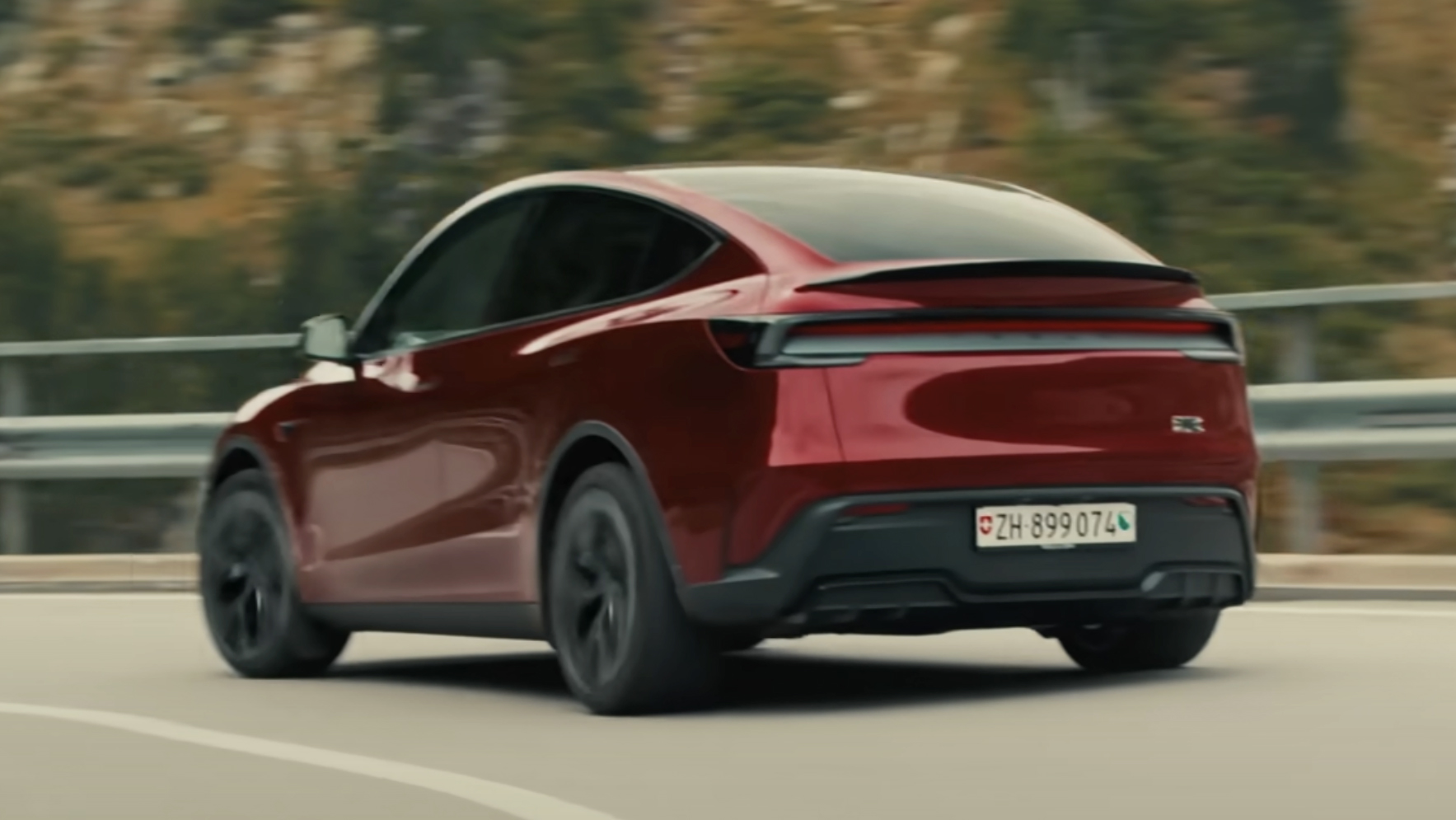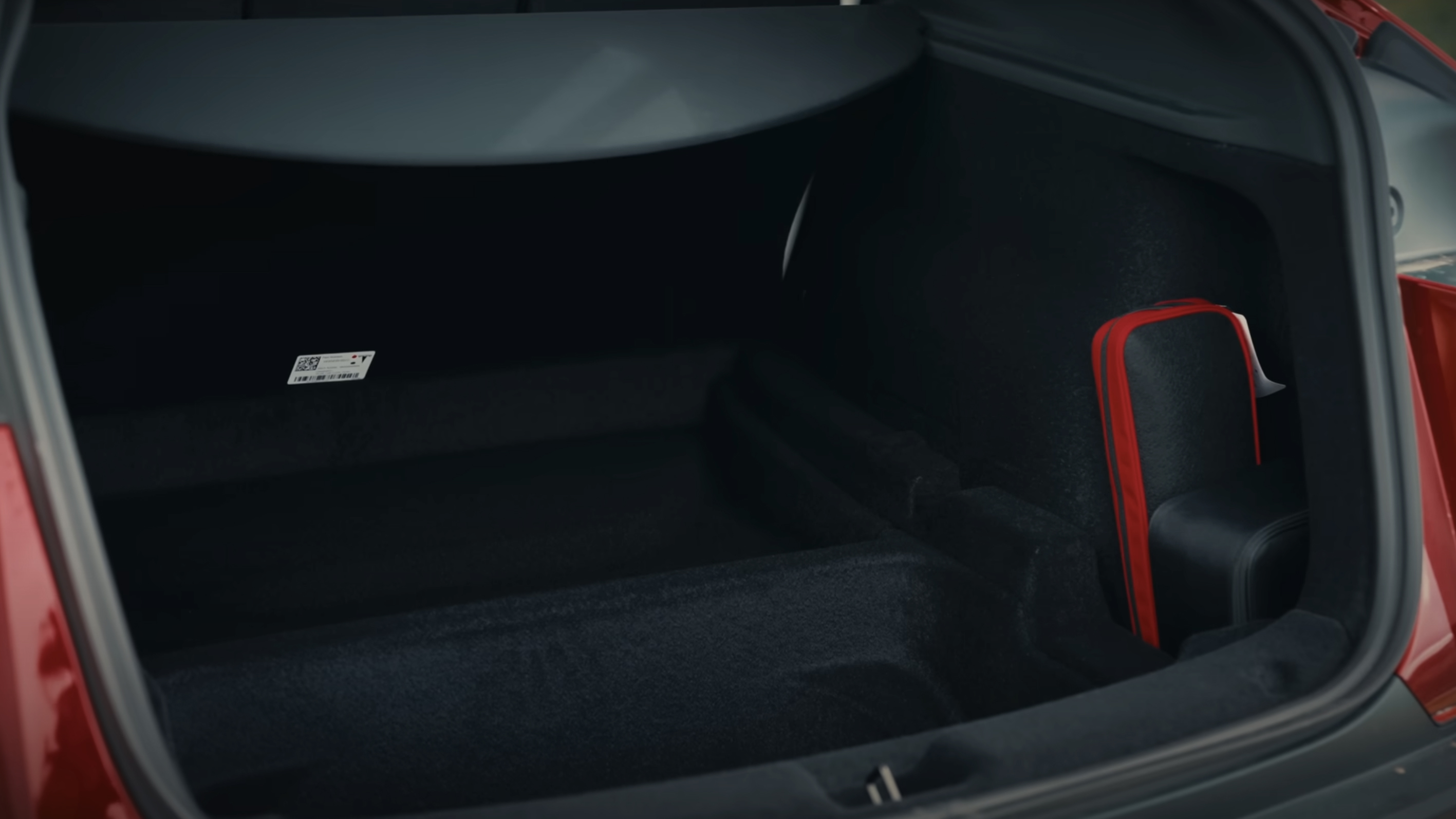
Tesla Model Y Performance review: do you really need a 460bhp family EV?
£61,925 when new
SPEC HIGHLIGHTS
- Range
(Combined)360 miles
- Battery
Capacity83kWh
- BHP
453.3bhp
- 0-62
3.3s
- CO2
0g/km
- Max Speed
155Mph
What is it?
The revised Model Y Performance on the revised Model Y. So basically the same recipe Tesla has been baking since forever; more power and torque, a faster sprint time and a smattering of carbon on Long Range AWD bones. But before you think this is just a digital re-map of the dual-motor AWD, hang on for a minute - there’s a little bit more than that going on here.
It’s just a faster Y, then?
Well, yes. But there have been a load of subtle but noticeable improvements that add up to more than you think. The basics are that the Y gets the LG 5M battery pack from the Model 3 Performance, the one that has a 79kWh useable capacity, but stacks in more electrons without adding any more weight. That gives nigh-on the same efficiency as the Long Range in terms of WLTP, with the caveat that you don’t use the extra power all the time.
And there’s extra power - around 460bhp, 40 more than the previous version - which gives a 0-62mph time of 3.5 seconds. That used to be shocking for something shaped like a gigantic avocado, but these days is merely just another stat. The fact that ‘Tesla electric car is good at acceleration’ isn't really a story these days. Admittedly if you’re going to call it the Performance you’re kind of backed into a corner on that, but the point stands.
And yes, stick it in ‘Insane’ mode and it’ll hit those kinds of figures at least a few times, which is more times than you’ll actually ever need it.
So why is it interesting?
Well, there’s been other stuff. There’s a slightly new front bumper with different air curtain vents on the outer edges, new ‘Arachnid 2.0’ 21in wheels with aero inserts - now with slightly wider tyres on the rear - a new lower rear bumper and carbon strip spoiler on top of the tailgate. OK, so there are also warp-ish badges and puddle lights, plus gloss black mirror caps, but it’s not exactly Elton John in full regalia.
That aero work produces 64 per cent less lift than the previous car, by the way. Not downforce, just less lift. Which makes us think the progenitor produced too much lift. Anyway, of more interest is the fact it also produces 10 per cent less drag. Which is a huge improvement, and obviously a primer for efficiency. Oh, and it has red brake calipers. Which are exactly the same calipers as on the LR AWD, just painted red. That shade is worth 3ft in the 100kph-to-zero stats though. Probably.
What about the inside?
Again, it’s small things. So there’s a new slightly bigger 16in central touchscreen which has been packed with extra pixels to make it crisper. Which it is. Carbon for the dash spar and door card inserts to scream ‘lightweight electric SUV’ while doing nothing at all, aluminium pedals and sporty front seats with extra side bolstering and electric thigh supports. And nothing says performance more than electric thigh supports.
But the fact remains the Y LR AWD is well-equipped anyway; so there’s a full glass pano-roof with UV protection built-in, the eight-inch rear screen for back-seat passengers, lots of workable ADAS including AutoPilot and the usual space including a big frunk and massive - if awkwardly-shaped - boot.
Does it drive any differently? Seems like tweaks…
The most interesting thing about the Performance is the stuff you don’t see. Yes it’s fast, but there are new bushings and dampers, some extra bracing around the rear suspension and even modified steering knuckles. Add to that some new adaptive suspension and it does make a difference to the way the car picks its way down a road. It’s not night and day better than the standard vehicle, but it’s got more deliberate intention. So the adaptive part reacts to the road and smoothes off the tops of bumps, dedicates more energy into controlling yaw and pitch. It’s not super hard, nor is it floppy - but a good balance. More dedicated than standard, not going to threaten the integrity of one’s fillings.
Top Gear
Newsletter
Thank you for subscribing to our newsletter. Look out for your regular round-up of news, reviews and offers in your inbox.
Get all the latest news, reviews and exclusives, direct to your inbox.
And when you really get going, it’s impressive rather than outright fun, the weight becoming an inevitable issue making fast direction changes or turning even vaguely on the brakes. That outside front tyre does a lot of work. The steering is accurate but numb, the brakes pretty good despite their unspecific nature. Truth is, it’s very good for what it is, but not necessarily a huge laugh. At 75 per cent and just sculling along on the torque, it’s rapid and secure. Which is what you want, really. You can also now put the stability assist into a low interference mode, but you can’t switch it all off and do silly stuff, so it doesn’t feel that much different on a dry road.
Other good stuff? We tested this car on smooth Swiss carriageways, but the NVH has been improved to the point that you can hear your passenger breathing. It’s really very quiet bar some faint tyre roar and susuration at speed - mostly around the wing mirrors. And that low front scuttle and broad, blank dash top makes it feel weirdly spacious and generous with the view. Plus, you’ve obviously got the SuperCharger network at your high-voltage disposal when it comes to practicality, and a sub 30-minute 10-80-per cent charge time. Warranty’s not bad, either.
So what’s the problem? There’s a sense of ambivalence here…
It’s not what you think. You’ve got to feel for the engineers at Tesla who grind out marginal gains pretty much across the board, produce a car that’s class leading and then all the headlines are about the big boss who’s wandered off-script again. But the Model Y Performance is working a thin line of need and want.
A Y is a family SUV, so more go isn’t needed - the fast stuff makes more sense in, say, a Model 3. And then there’s the fact the standard all-wheel drive long range car is still sub-five to 62mph, has a smidge more range, doesn’t look much different and costs a straight £10k less. That’s a really good value car with lots of kit. The Performance’s performance isn’t something you’d use that much with people or things on board because everyone would hate you, so it feels surplus to requirements in a lot of ways.
If the new suspension were an option, that would be worth considering, but the non-Performance Y would be our pick in the range.
Featured







